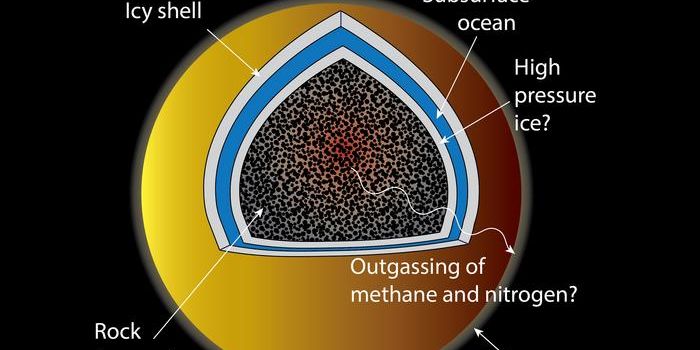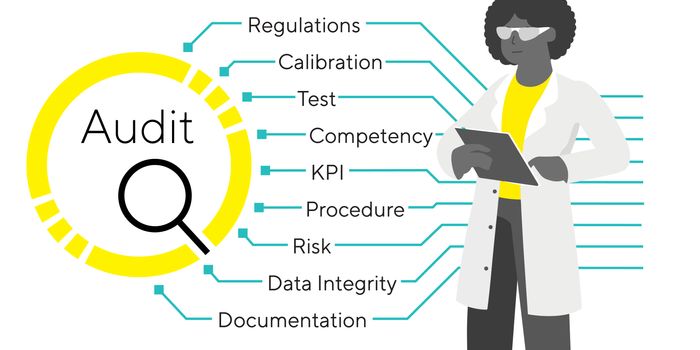Computers that power self-driving cars could be a big driver of global carbon emissions
Autonomous, or self-driving cars, sometimes still feel like a fixture of the future. Though significant advances have been made, there is still much more work to be done before autonomous cars are widespread. Still, some estimates suggest that the market for autonomous vehicles will grow almost $180 billion between 2020 and 2030. For comparison, the market was worth a measly $4 billion in 2021.
But what happens when autonomous cars do become widespread?
Among the many questions raised by widespread autonomous car usage has to do with how these vehicles are operated, particularly around the computer technology used to power these vehicles. A team of researchers at the Massachusetts Institute of Technology wanted to understand an often-unasked question about widespread autonomous vehicle adoption: what’s the carbon footprint? Their findings were shocking, to say the least, with important ramifications for the environment. Their work is described in an article published in IEEE Micro.
Specifically, researchers modeled the kinds of emissions produced by the type and scale of computer technology need to power such a large number of autonomous vehicles. One of their key findings was startling: that the ability to power a widespread number of autonomous vehicles would produce at least as much carbon emissions as all the data centers that currently exist in the world. These data centers, which play a number of important roles and help important applications function, are currently responsible for about 0.3% of all carbon emissions around the globe.
According to the models developed by MIT researchers, it would take about one billion autonomous cars, using about 840 watts of power, and being driven for an hour a day each, would use enough energy to produce the same 0.3% of global carbon emissions as data centers produce (or, by comparison, the entire country of Argentina.
The research team noted that while current efforts to produce machinery for these vehicles that is more efficient and consumes less energy, current efforts will not be able to catch up to the enormous amount of energy that autonomous cars are predicted to use. Designing better, more efficient autonomous cars is an important starting point for staving off these carbon emissions.
Limitations with the existing model have to do with a wide degree of uncertainty with several of the variables, seeing as autonomous vehicles are not really a thing yet. For example, when it comes to estimated drive times, researchers speculate that this variable could shift dramatically if, say, people start driving autonomous vehicles more regularly because they can do more multitasking in cars.
Sources: Eurekalert!; IEEE Micro








